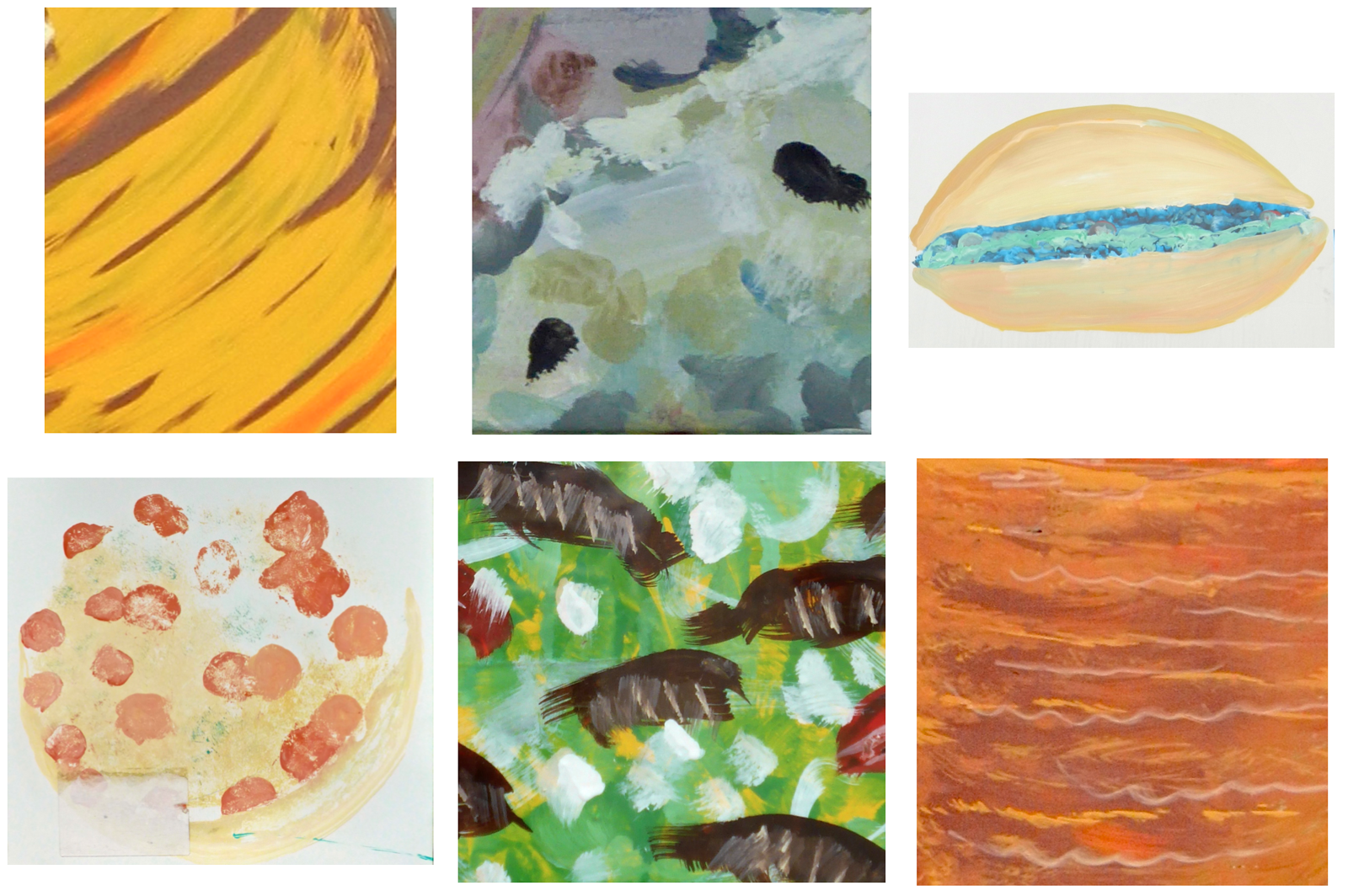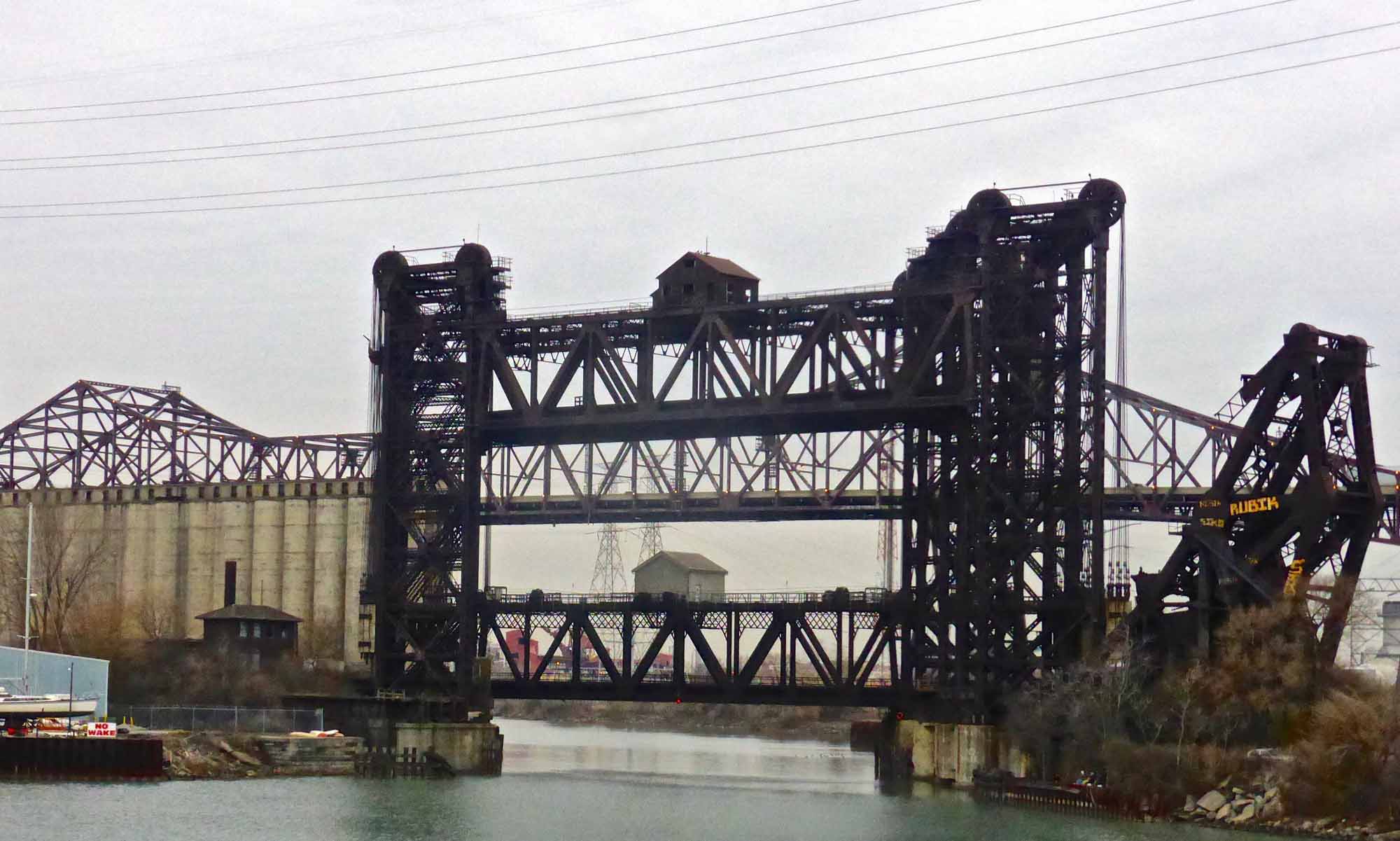Among the most stunning features of Howard Finster’s Paradise Garden in Summerville, Georgia, are its sidewalks. Some bear representational images of buildings, others are abstract aggregations of potsherds. Some bear text messages, others are virtual encyclopedias of Finster’s tools. These mosaic ribbons threading through the garden are a potent representation of how his creativity found expression in every aspect of the environment around him.
Continue reading



